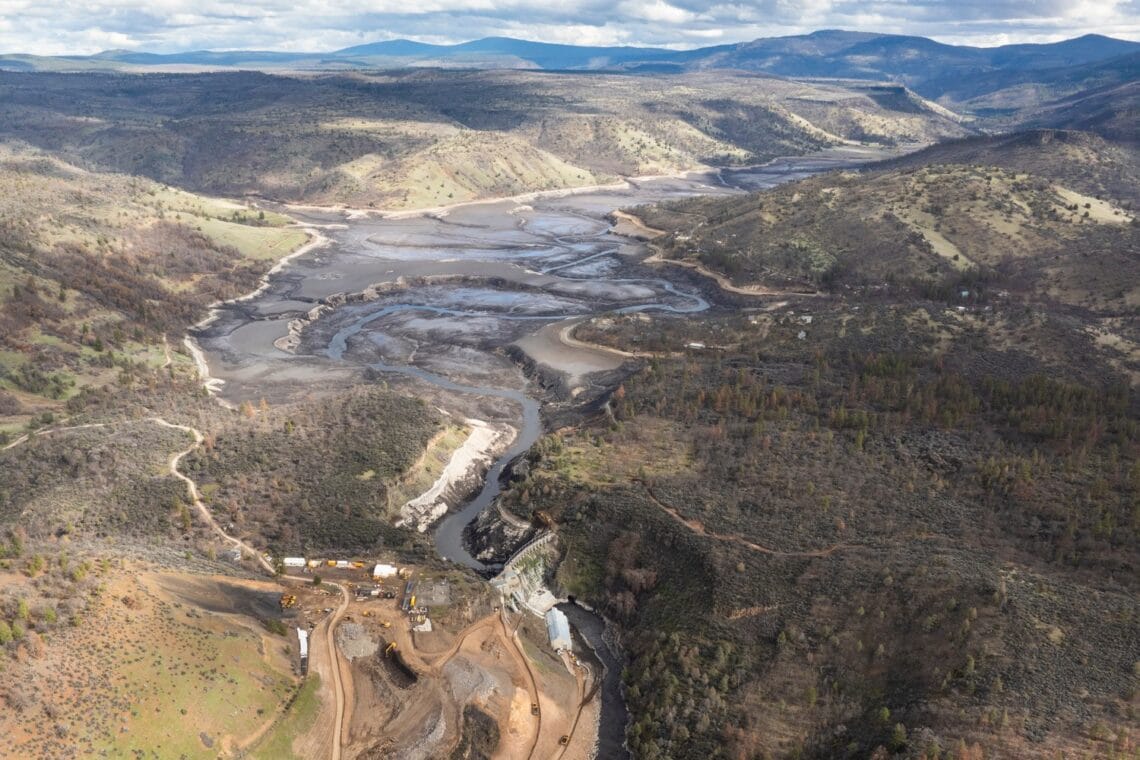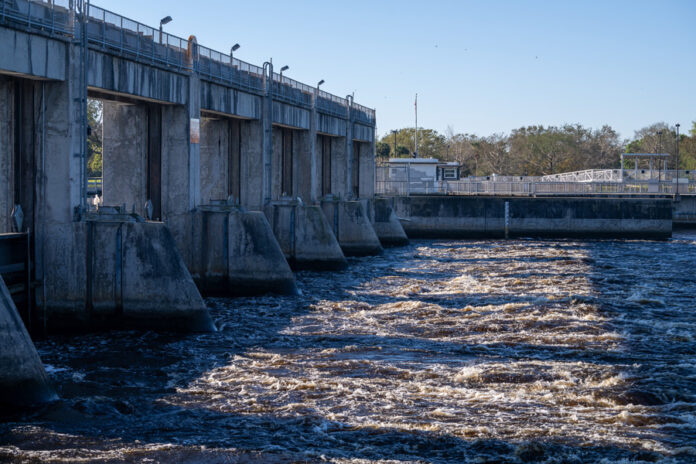Welcome to the latest installment of the Wednesday Wake-Up Call, a roundup of the most pressing conservation issues important to anglers. Working with our friends at Trout Unlimited, Backcountry Hunters & Anglers, the Theodore Roosevelt Conservation Partnership, The Everglades Foundation, Captains for Clean Water, VoteWater.org, Bonefish & Tarpon Trust, and Conservation Hawks (among others), we’ll make sure you’ve got the information you need to understand the issues and form solid opinions.
1. Lake Okeechobee Discharges to Resume, but Only to the West
Photo courtesy Captains for Clean Water
Last week, the U.S. Army Corps of Engineers (USACE) announced their new release plan for Lake Okeechobee, outlining their strategy to close out the dry season. After the current two-week rest period, they will revert to the original dry-season strategy, which had been in place before the recent extended run of high-volume discharges.
Beginning April 13th, they’ll be initiating beneficial flows of 2,000 cfs down the Caloosahatchee River to the west coast, but there will be no discharges down the St. Lucie River to the east coast until June 1st, barring any major changes to the weather. That’s good news for now, but it doesn’t mean we’re out of the woods by any means. The lake is still high for this time of year, and forecasts for this hurricane season show the potential to break the record for number of named storms in one season. A lot of rain from these storms could trigger high-volume discharges again later in the summer or fall.
This situation drives home the need to get Everglades Restoration projects completed ASAP, so that the Everglades and Florida’s estuaries are no longer at the mercy of what the weather may bring. Critical projects like the EAA Reservoir will give water managers far more flexibility to store, clean, and send Lake Okeechobee water south through the Everglades and into Florida Bay where it’s intended and where it benefits the entire system, rather than it being dumped to the coasts, where it’s harmful.
Click here for the full story on wptv.com
Related stories:
2. Klamath River Dam Removal: Short-Term Costs for Long-Term Gains

Photo: Swiftwater Films.
The Klamath dam removal process is well underway and has received a lot of attention – both positive and negative. In some cases, outright misinformation has been spread by opponents of dam removal. Of the four dams that are slated for removal in the Klamath River, the smallest one (Copco 2) was deconstructed last year. Below the former site, the river has returned to a 1.7-mile-long canyon that was dewatered when Copco 2 was built.
The reservoirs behind the remaining three dams (JC Boyle, Copco 1, and Iron Gate) were drained in a “drawdown” process that began in January. At Iron Gate, an existing diversion tunnel through the base of the dam was opened for the first time since the dam was built. Explosives were used at Copco 1 and JC Boyle to breach a path for the water. As planned, the released water transported decades of accumulated sediment downstream from the former impoundments.
As with other dam removals, such as the Elwha or White Salmon, this early period of dam removal is challenging. At the same time, a tremendous amount of behind-the-scenes planning has prevented or limited negative outcomes through this process. Writing on the Trout Unlimited website, Haley Ohms explains.
Click here to read the full story on tu.org
Related stories:
Credit: Source link































